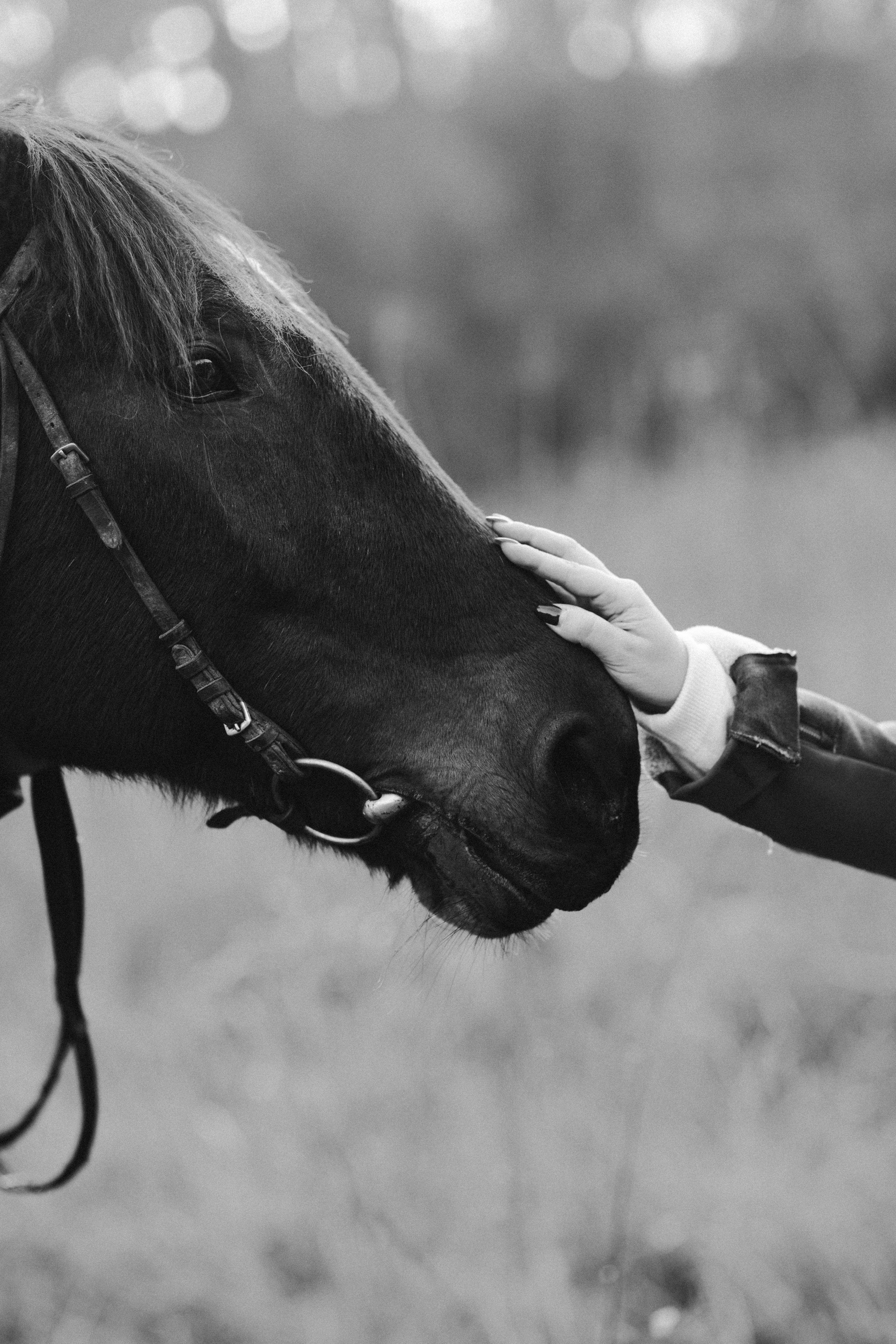Urgent Pet Care Millard: Your Complete Guide to Emergency Help
When your furry companion is in distress, every second counts. Urgent pet care in Millard is more essential than ever, as pet owners seek fast, reliable help during emergencies. This article will guide you through all aspects of urgent pet care—from understanding symptoms to navigating local resources—so you’re fully prepared when the unexpected happens.

Understanding the Fundamentals
Urgent pet care refers to immediate medical attention provided to animals experiencing sudden or severe health issues. Unlike routine vet visits, these situations require fast evaluation and treatment, often during evenings or weekends when regular clinics may be closed.
This type of care has evolved significantly over the past decade. With advances in veterinary medicine and more emergency centers opening in places like Millard, access to prompt pet care has never been easier. That said, knowing when and how to seek help remains crucial.
1.1 Recognizing a Pet Emergency
A pet emergency can range from trauma and poisoning to sudden lethargy or breathing issues. Studies show that over 65% of urgent vet visits are due to conditions that could have worsened without immediate care.
For example, if your dog suddenly stops eating or your cat is having difficulty breathing, don’t delay. These signs often point to internal issues requiring professional intervention.
1.2 The Role of Emergency Clinics
Emergency pet clinics specialize in treating severe conditions with rapid diagnostic tools and trained emergency vets. Unlike general practices, they often operate 24/7 or offer extended hours on weekends.
In Millard, emergency clinics are equipped to handle everything from fractures to allergic reactions. This makes them a vital resource for urgent pet care in Millard when seconds count.
Practical Implementation Guide
Now that you understand what qualifies as a pet emergency, the next step is knowing how to act. Quick decisions can make the difference between recovery and tragedy. Here’s how to prepare and respond effectively.

2.1 Actionable Steps
- Build a Pet First Aid Kit: Include gauze, antiseptic wipes, digital thermometer, hydrogen peroxide (for dogs), tweezers, and your vet’s contact info.
- Know the Closest Emergency Clinics: Save their addresses and numbers in your phone. Drive there once so you’re familiar with the route.
- Practice Emergency Drills: Simulate scenarios to test how quickly you can gather your kit, secure your pet, and leave for the clinic.
2.2 Overcoming Challenges
Common obstacles include panic, lack of transportation, or not recognizing the urgency. Some signs like internal bleeding may not be visible externally but require fast action.
Expert tips: Always remain calm. Keep a checklist near your emergency kit. If possible, assign roles to family members—one grabs the pet, another the kit, another calls the vet. Preparation saves lives.
Advanced Applications
For pet owners who want to go beyond basic readiness, advanced techniques can enhance emergency response. These are ideal for those with older pets, multiple animals, or specific breed risks.

3.1 Tele-Veterinary Consultations
In Millard, tele-veterinary services are growing rapidly. You can now connect with emergency vets via video for instant evaluations. This can prevent unnecessary travel and guide first-aid steps en route to a clinic.
Case studies show tele-vet consultations have cut down misdiagnosed emergencies by over 30%, helping pet owners make smarter decisions fast.
3.2 Emergency Pet Insurance Integration
Advanced care often comes with high costs. Integrating your pet insurance with local emergency providers ensures you can act quickly without financial delays.
Compatibility is key—ensure your plan covers urgent care in Millard. Some even include mobile apps to find nearby clinics and pre-authorize treatments instantly.
Future Outlook
Urgent pet care in Millard is heading into a new era with tech innovations like AI symptom checkers, real-time pet monitoring wearables, and drone medication delivery pilots in rural areas.
Over the next 3–5 years, we can expect shorter wait times, AI-assisted triage, and enhanced mobile care units. Pet owners should stay informed and consider investing in tools that integrate with local emergency systems.
Conclusion
To summarize, urgent pet care in Millard is an evolving field that every responsible pet owner should understand. Know the signs of an emergency, prepare with actionable plans, and explore advanced solutions like tele-vet services and insurance integration.
Start by building your pet emergency kit today, and save local clinic contacts on your phone. Your proactive steps can truly save your pet’s life tomorrow.
Frequently Asked Questions
- Q: What qualifies as a pet emergency? Unconsciousness, difficulty breathing, extreme bleeding, or sudden behavioral changes are red flags that need urgent care.
- Q: How can I get started with emergency prep? Begin by creating a first aid kit and researching emergency clinics nearby. Run practice drills monthly.
- Q: How much time does emergency care take? From transport to treatment, it can take anywhere from 30 minutes to several hours depending on severity and wait times.
- Q: How much does urgent pet care cost? Prices range from $100 to over $1,500 depending on procedures, time of day, and clinic type.
- Q: Is urgent care better than regular vet visits? They serve different purposes. Urgent care is for emergencies; regular vets handle preventive and ongoing health needs.
- Q: Do I need special training for pet emergencies? Basic first aid knowledge is very helpful. Consider taking local workshops or online certifications.
- Q: How does this apply to exotic pets? Find specialists in Millard trained in exotic pet care. Not all clinics accept birds, reptiles, or small mammals.
